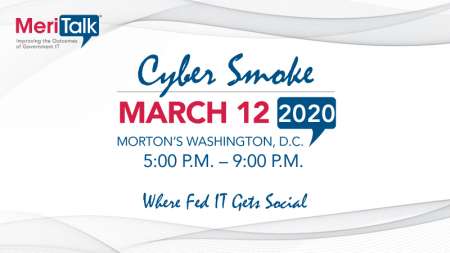
Both the growing ability to project offensive cyber power, and a long list of old friends around the world, are helping the Federal government to develop a greater ability to create more effective deterrence against cyber adversaries, a senior Defense Department (DoD) official said on Feb. 26.
Thomas Wingfield, DoD’s Deputy Assistant Secretary of Defense for Cyber Policy, talked at the RSA security conference in San Francisco about the importance of U.S. Cyber Command, which formed in 2009 and was shifted to a more “forward strategic posture” in 2018. “We are at the very front end of deploying that capacity” under the updated posture against adversaries, he said.
“Deterrence is helped by being out there every day” detecting and dealing with threats, said Wingfield, quoting Gen. Paul Nakasone, head of U.S. Cyber Command and National Security Agency Director.

Two things work to reign in attackers – when they are denied the expected benefits of an attack, and when costs are imposed on them for attempting attacks, he said. “That’s in DoD’s wheelhouse, and we are working to do a better job at that,” he said.
“Deterrence is made to work in one place – the brain of the adversary,” he continued. “If we can use cyber to aim at that actor, it would be a better deterrence paradigm,” he said.
Finally, he said that “one of our advantages is that we have friends.” That includes a “long list of countries that we do many, many things with cooperatively,” Wingfield said, including taking cooperative legal actions against adversaries that hurt their ability to travel in western nations.
